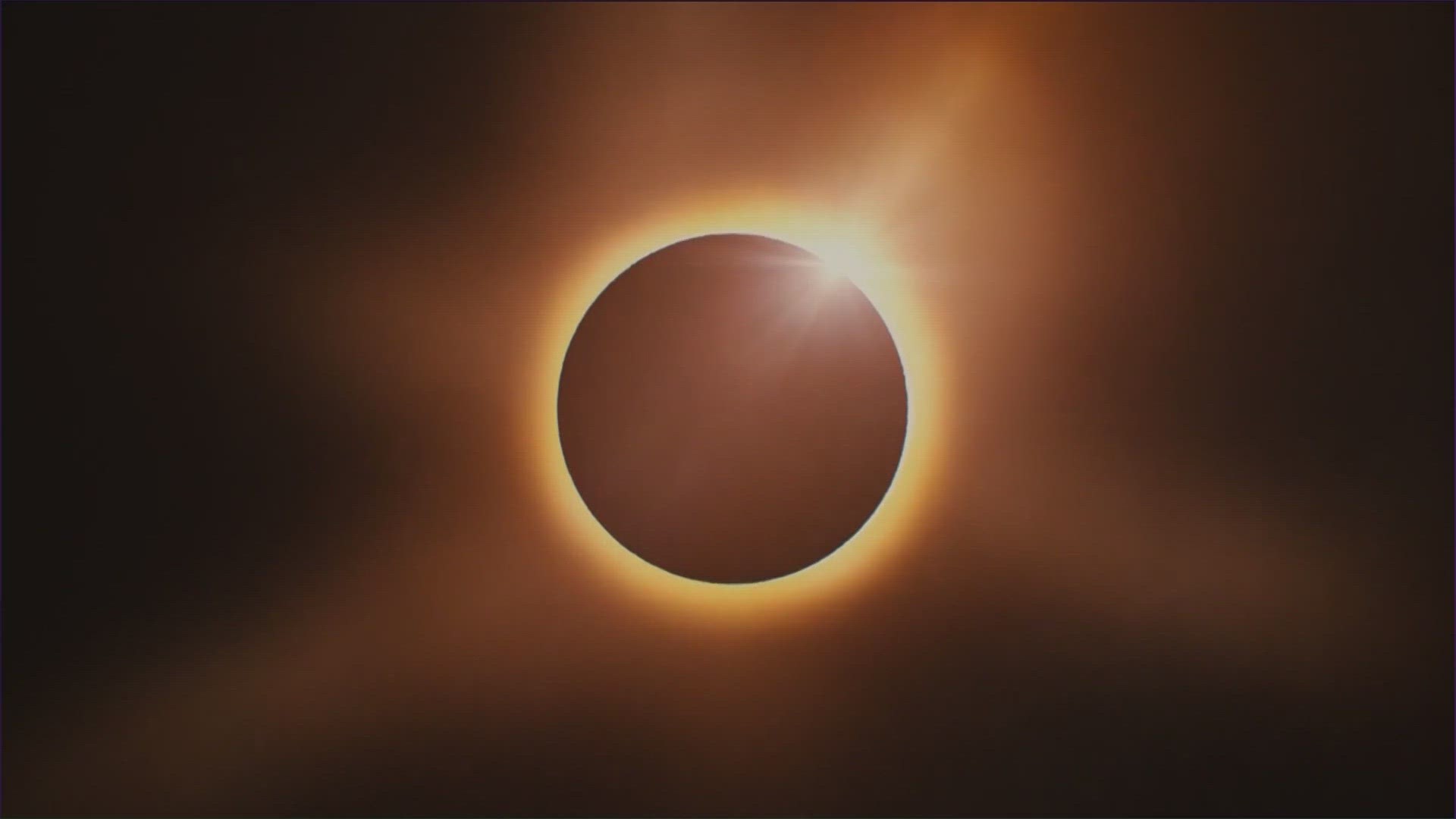HOUSTON — NASA plans to take advantage of the April 8 Great American Eclipse to do a little experimenting. They want to see how the sudden dimming during the eclipse affects us here on Earth, specifically how if affects communication systems. So they're launching three sounding rockets into the moon's shadow.
According to NASA, sounding rockets are small, low-cost sub-orbital vehicles that support scientific research between 100 and 1,400 kilometers into the atmosphere. There are 16 different types of sounding rocket vehicles.
The rockets will launch from Virginia at the space agency’s Wallops flight facility, which will be east of the path of totality. These same sounding rockets were also launched during last year’s annular eclipse. They’ve since been refurbished for this mission.
Here's how it’ll work. NASA will launch one rocket 45 minutes before peak eclipse coverage, and then another one during it. The final rocket will launch 45 minutes after peak eclipse. They'll head to the ionosphere, where they'll each release instruments to gather data.
By launching the three rockets at those intervals, scientists will be able to see how the sudden disappearance of the sun affects the ionosphere. According to NASA, disturbances there have the potential to interfere with communications systems. By understanding the changes, scientists can improve models that can predict communication issues we may have on Earth.
There will also be experimentation on the ground, according to NASA.
What is the ionosphere?
According to NASA, it's where Earth's atmosphere meets space. The ionosphere is a level of the Earth’s atmosphere between 55 and 310 miles above the ground, where radio signals are reflected or refracted and satellite communication could be affected. Here are 10 things to know about the ionosphere.
When is the eclipse?
The Great American Eclipse is on April 8. Weather permitting, the partial eclipse should be visible in South Texas a little after noon central time, with totality at around 1:27 p.m., from there it makes it's way through the United States. We have specific times and locations here.

